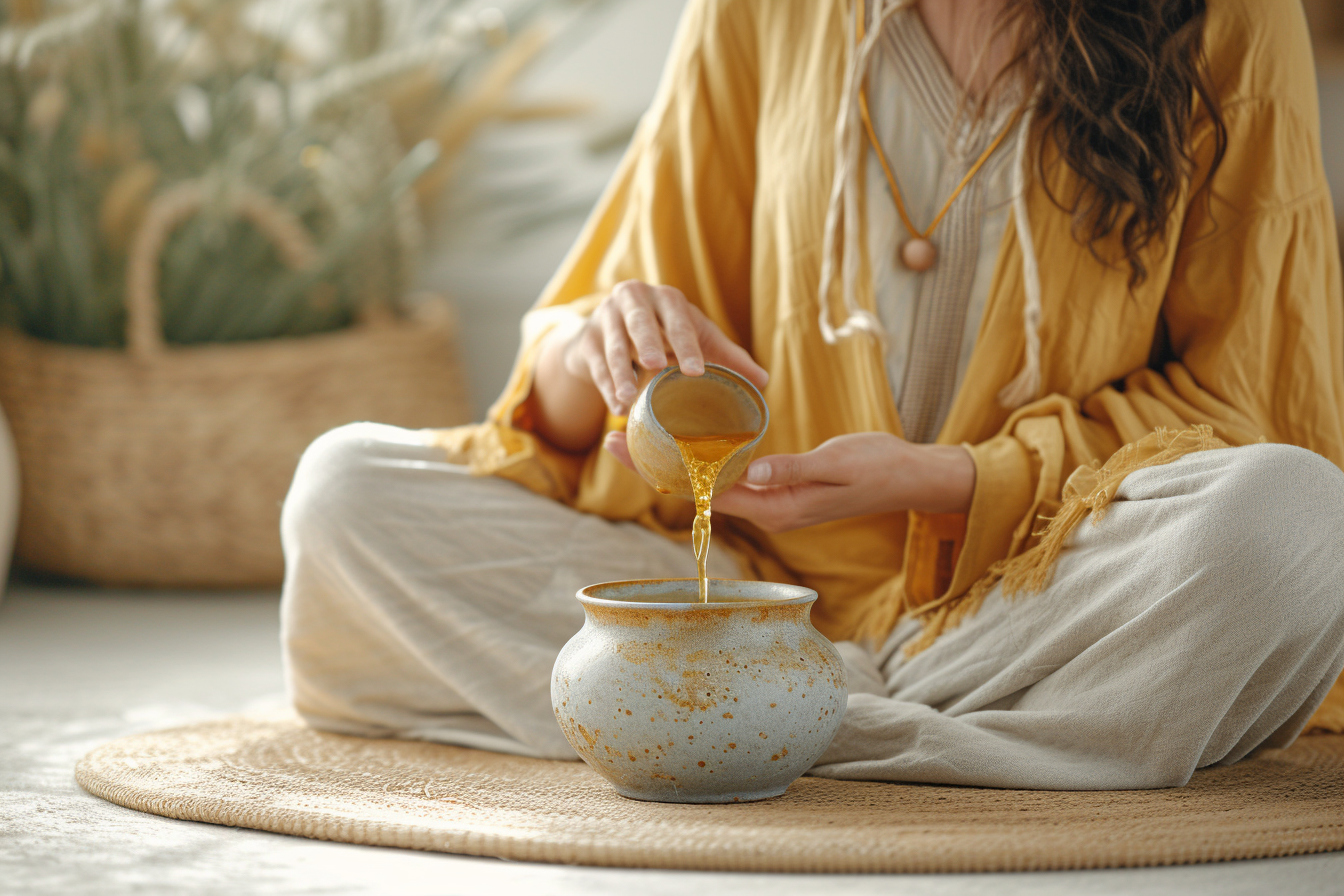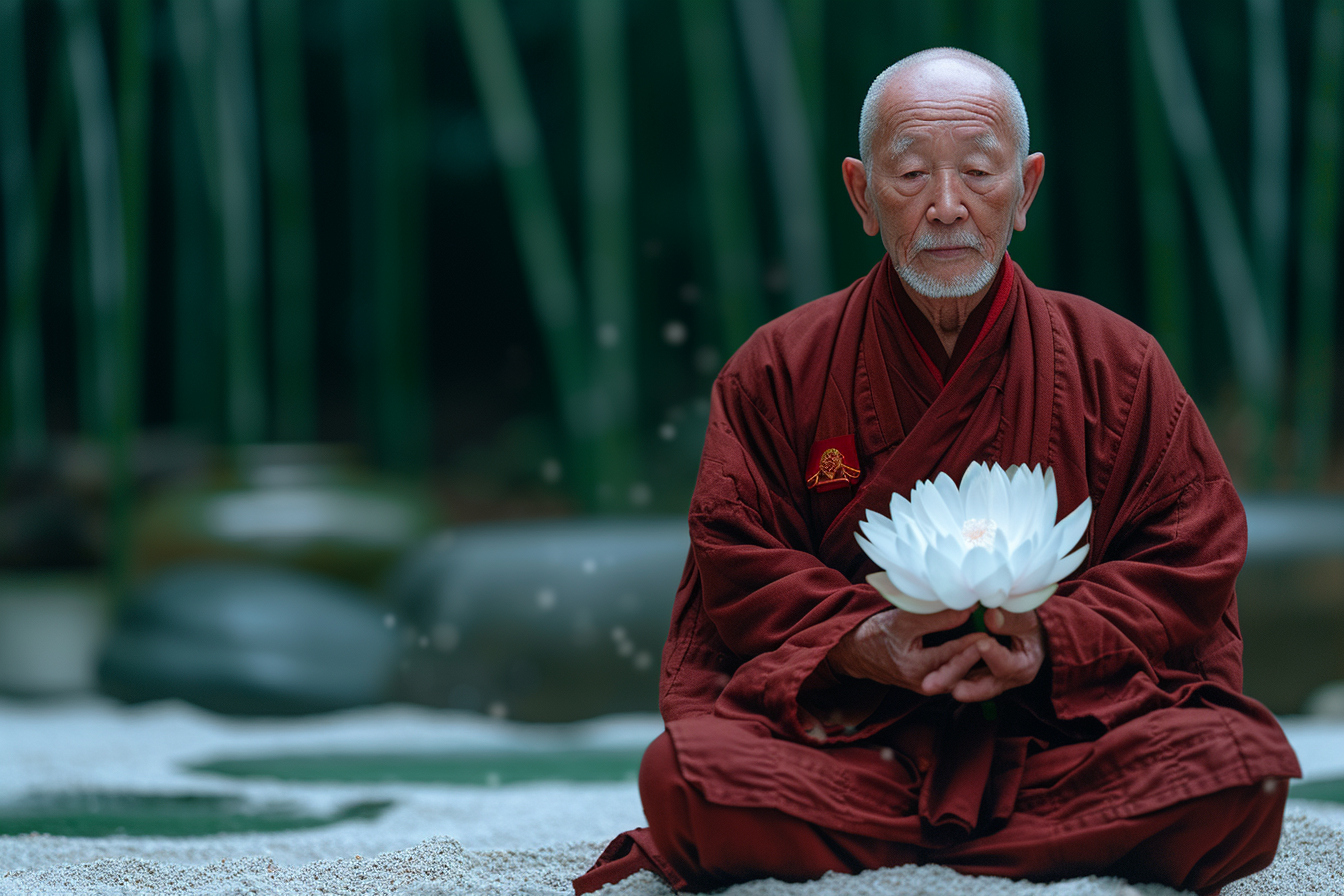Zen Buddhism offers a spiritual path steeped in simplicity and mindfulness. At the heart of this practice lie the Zen rituals, which serve as a gateway to achieving inner peace and a deeper understanding of oneself. Through a seamless blend of meditation, acts of reverence, and daily practices, these rituals cultivate a state of harmony between the body, mind, and spirit.
The essence of zen rituals
Zen rituals can often appear enigmatic to those unfamiliar with the tradition. These practices are not just mere ceremonies but are experiential paths to enlightenment. Every gesture, breath, and moment in a Zen ritual is intentional, fostering a full immersion into the present.
Why Embrace Zen Rituals?
For practitioners, Zen rituals are much more than structured activities; they serve as a catalyst for self-transformation. These rituals encourage individuals to break free from the habitual patterns of thought and behavior, creating a space for genuine insight and serenity.
Meditation: the foundation of zen practice
Zazen: Seated Meditation
Zazen, or seated meditation, is the cornerstone of Zen practice. It involves sitting in a stable, balanced posture and focusing on the breath. Through concentration and mindfulness, practitioners learn to observe their thoughts without attachment, leading to greater equanimity and peace.
Kinhin: Walking Meditation
Kinhin is the practice of walking meditation. It complements the stillness of zazen by incorporating mindful movement, allowing practitioners to carry meditative awareness into everyday acts. The slow, deliberate steps taken during kinhin are a metaphor for taking each moment of life with intention and attentiveness.
The role of the zen monastery
Daily Life and Integration into Practice
The rigors of monastic life in a Zen monastery emphasize the integration of ritual into everyday actions. From the ringing of bells to signal the start of the day, to the meticulous way meals are received and consumed, each activity is an opportunity to deepen one’s practice.
Formal Rites and Ceremonies
In Zen monasteries, formal rites such as the morning and evening services—which involve chanting sutras and offering incense—are carried out with precision. Despite their structured nature, they are not performed out of mere obligation but as an expression of gratitude and a means of cultivating a disciplined mind.
Chanting sutras: the vibrancy of voice
The Power of Chanting
Chanting is a vibrant component of Zen ritual. The repetitive nature of chanting sutras provides a sonorous environment that can lead to heightened states of consciousness. Engaging in this practice allows the mind to clear and the body to anchor into the present moment.
Sutras as Teaching Tools
Beyond their rhythmic quality, sutras are rich in teachings. As practitioners chant, they absorb the wisdom of these sacred texts, allowing the teachings to seep into their subconscious and inform their daily lives.
Mindfulness in everyday activities

Tea Ceremony: A Ritual of Harmony
The Japanese tea ceremony, or chadō, often associated with Zen, is a ritual of preparation and drinking of matcha, powdered green tea. Each precise movement in the ceremony is a dance of mindfulness, drawing participants into a state of serene focus. The ritual espouses harmony, respect, purity, and tranquility—principles deeply resonant with Zen philosophy.
Eating With Awareness: Oryoki
Oryoki is the ritual of eating with precisely defined movements and a conscious attitude. It is practiced in Zen monasteries during retreats and emphasizes the significance of treating food and the act of eating as a sacred exchange. Oryoki reinforces the interconnection of all life and the importance of gratitude and sustenance.
The zen art of bowing
Bowing as a Gesture of Letting Go
In Zen, bowing is an act of humility and respect. It is an acknowledgment of the equality of all beings and the surrender of the ego. With each bow, practitioners not just show respect but also let go of self-centredness. The art of bowing encapsulates the Zen spirit of non-attachment and reverence for life.
Living zen beyond rituals
Incorporation Into Daily Life
Zen practitioners carry the essence of their rituals into the ordinariness of day-to-day life. From mindful communication to the way one handles challenges, the principles of Zen permeate every action. Practicing Zen rituals is about transforming ordinary moments into gateways of awakening.
Impact on Personal Development
Engagement in these rituals has profound implications for personal growth. By fostering mindfulness and consciousness, individuals often find increased clarity, resilience, and a deeper sense of purpose in their lives.
In exploring and engaging in Zen rituals, one embraces practices that have fostered inner peace for centuries. Delving into these traditional acts, while bringing their essence into the mundane aspects of living, can open paths to profound self-discovery and tranquility. Through the conscious repetition of Zen rituals, practitioners cultivate a life of presence, harmony, and enlightenment. Each moment becomes an invitation to experience the fullness of life, unencumbered by the superfluous and rooted in the profound simplicity inherent in every breath and every step.

Leave a Reply